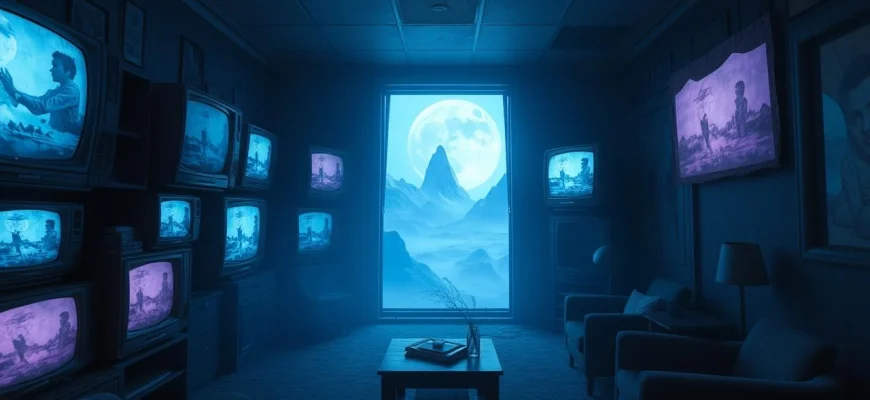If you're a fan of the surreal and hauntingly beautiful 'I Saw the TV Glow' (2024), you're likely craving more films and shows that capture its unique blend of psychological horror, nostalgia, and dreamlike storytelling. This article is your guide to 10 similar titles that will immerse you in the same eerie, introspective atmosphere. Whether you're drawn to its unsettling visuals, emotional depth, or the way it blurs reality and fiction, these recommendations will keep you captivated.
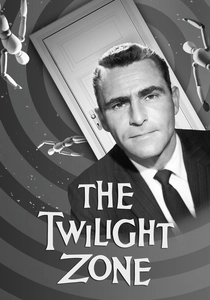
The Twilight Zone (1959)
Description: The Twilight Zone and I Saw the TV Glow both use surreal and often unsettling narratives to explore deeper themes of human nature, reality, and the unknown. Both works employ a mix of science fiction, horror, and psychological drama, often with a twist ending. The Twilight Zone's legacy of thought-provoking and eerie storytelling aligns with the tone and themes of I Saw the TV Glow.
Fact: The Twilight Zone was created by Rod Serling, who also served as the show's narrator. The series has been rebooted multiple times, most recently in
 Watch Now
Watch Now 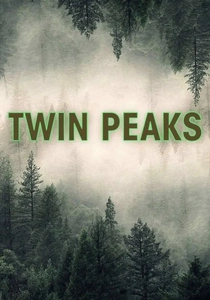
Twin Peaks (1990)
Description: Twin Peaks shares a surreal and dreamlike atmosphere with I Saw the TV Glow, both exploring themes of identity, reality, and the supernatural. David Lynch's unique storytelling style and visual aesthetics, filled with symbolism and eerie undertones, resonate with the tone of I Saw the TV Glow. Both works delve into the uncanny and the psychological, creating a sense of unease and mystery.
Fact: Twin Peaks was initially conceived as a limited series but became a cultural phenomenon. The show's iconic theme song, 'Falling,' was composed by Angelo Badalamenti. The character of Laura Palmer was inspired by a real-life unsolved murder case.
 Watch Now
Watch Now 
The X-Files (1993)
Description: The X-Files and I Saw the TV Glow both delve into the paranormal and the unexplained, often leaving viewers questioning what is real. Both works blend horror, science fiction, and psychological drama, creating a sense of mystery and suspense. The X-Files' exploration of conspiracy theories and government cover-ups resonates with the themes of hidden truths and altered realities in I Saw the TV Glow.
Fact: The X-Files was inspired by real-life UFO sightings and government investigations. The show's iconic theme music was composed by Mark Snow. The series popularized the phrase 'The truth is out there.'
 Watch Now
Watch Now 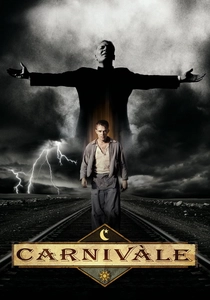
Carnivàle (2003)
Description: Carnivàle and I Saw the TV Glow both inhabit a world where the mundane and the mystical collide. Set against the backdrop of a traveling carnival during the Great Depression, Carnivàle explores themes of destiny, good versus evil, and the supernatural, much like the existential and eerie undertones of I Saw the TV Glow. Both works use a slow, atmospheric build to create a sense of unease and wonder.
Fact: Carnivàle was planned to run for six seasons but was canceled after two due to high production costs. The show's creator, Daniel Knauf, originally conceived it as a novel. The series features an intricate mythology involving the Templars and the Avatars.
 Watch Now
Watch Now 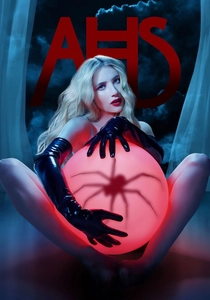
American Horror Story (2011)
Description: American Horror Story and I Saw the TV Glow both embrace a stylized and often surreal approach to horror, blending psychological and supernatural elements. Both works explore themes of trauma, identity, and the grotesque, often through a lens of visual and narrative experimentation. The anthology format of American Horror Story allows for a variety of tones and settings, many of which resonate with the eerie and introspective mood of I Saw the TV Glow.
Fact: American Horror Story was created by Ryan Murphy and Brad Falchuk. Each season is a self-contained story with a different theme and setting. The show has featured many recurring actors, including Jessica Lange and Sarah Paulson.
 Watch Now
Watch Now 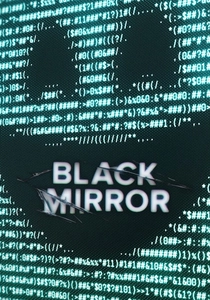
Black Mirror (2011)
Description: Black Mirror, like I Saw the TV Glow, examines the darker aspects of technology and media, often blurring the lines between reality and fiction. Both works use a psychological and sometimes surreal approach to storytelling, exploring themes of isolation, identity, and the impact of screens on our lives. The anthology format of Black Mirror allows for a variety of tones, many of which align with the eerie and introspective mood of I Saw the TV Glow.
Fact: Black Mirror was originally broadcast on Channel 4 in the UK before being acquired by Netflix. The show's title refers to the reflective screens of devices like smartphones and TVs. The episode 'San Junipero' won two Emmy Awards.
 Watch Now
Watch Now 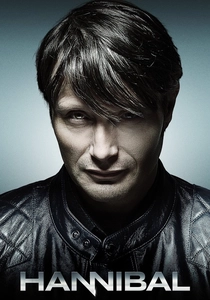
Hannibal (2013)
Description: Hannibal and I Saw the TV Glow both employ a highly stylized and psychological approach to storytelling, often blurring the lines between reality and hallucination. Both works explore themes of identity, obsession, and the darker aspects of the human psyche. The visual artistry and unsettling tone of Hannibal make it a fitting companion to the haunting and introspective nature of I Saw the TV Glow.
Fact: Hannibal is based on the characters from Thomas Harris's novels, particularly Red Dragon. The show was praised for its cinematography and gourmet horror aesthetic. Despite critical acclaim, the series was canceled after three seasons due to low ratings.
 Watch Now
Watch Now 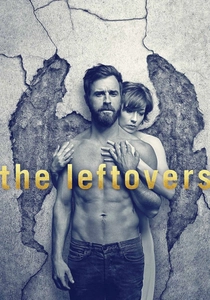
The Leftovers (2014)
Description: The Leftovers and I Saw the TV Glow both grapple with themes of loss, existential dread, and the search for meaning in an incomprehensible world. Both works employ a slow-burning, atmospheric style, often leaving much to interpretation. The emotional tone of The Leftovers, marked by melancholy and introspection, mirrors the haunting and reflective nature of I Saw the TV Glow.
Fact: The Leftovers is based on a novel by Tom Perrotta, who also worked on the show. The series finale is often cited as one of the best in television history. The show's soundtrack features music by Max Richter, including the haunting piece 'On the Nature of Daylight.'
 Watch Now
Watch Now 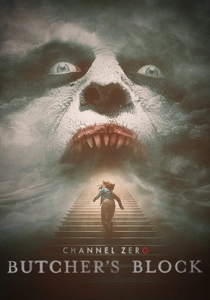
Channel Zero (2016)
Description: Channel Zero, like I Saw the TV Glow, is deeply rooted in psychological horror and the uncanny. Both works explore the blurring of reality and fiction, often through the lens of media and storytelling. Channel Zero's anthology format allows for a variety of eerie and surreal tales, many of which share the haunting and introspective tone of I Saw the TV Glow.
Fact: Channel Zero is based on creepypasta stories from the internet. Each season is a self-contained story with a different cast and setting. The show was praised for its atmospheric horror and unique visual style.
 Watch Now
Watch Now 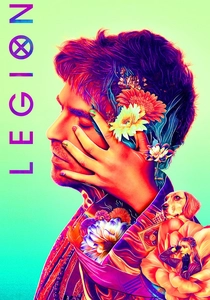
Legion (2017)
Description: Legion shares with I Saw the TV Glow a visually striking and unconventional approach to storytelling, often blending reality with hallucinatory sequences. Both works explore themes of mental illness, identity, and perception, using surreal imagery and nonlinear narratives. The psychological depth and stylistic boldness of Legion make it a fitting companion to I Saw the TV Glow.
Fact: Legion is set in the X-Men universe but operates largely independently of the main franchise. The show was created by Noah Hawley, who also created Fargo. The series features a memorable dance sequence set to 'Behind Blue Eyes' by The Who.
 Watch Now
Watch Now 
